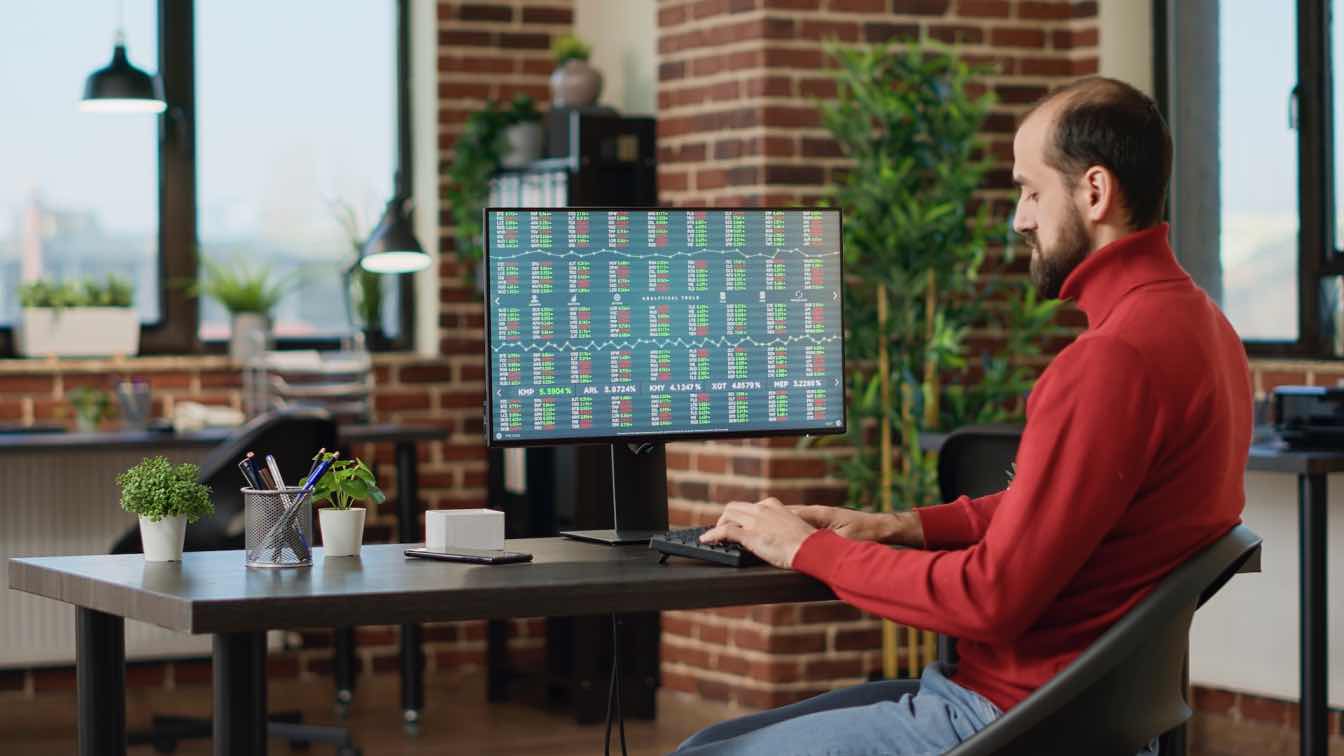In today’s fast-paced world, the concepts of innovation and design are not only limited to architecture and interiors but also extend to industries like trading. Architecture, with its focus on structure and creativity, shares more in common with financial markets than we might initially think. As professionals in both fields seek to shape the future, it is essential to draw connections between the visionary work happening in architecture and the exciting world of forex trading.
Innovative Architecture: Shaping the Skyline and Our Future
The architectural world is known for its ever-evolving nature. From high-tech skyscrapers to sustainable homes, the designs we see today often push the boundaries of imagination and functionality. The beauty of architecture lies in its ability to not only meet human needs but also to inspire a sense of wonder and possibility. At Amazing Architecture, we explore groundbreaking projects, the latest trends in interior design, and the future of construction, where technology and creativity merge seamlessly.
As cities continue to grow, architects are tasked with designing buildings that are both aesthetically pleasing and sustainable. This often requires embracing cutting-edge technologies, innovative materials, and futuristic concepts. Whether it’s the visualization of towering skyscrapers or the detailed sketches of a new urban space, these projects challenge us to think beyond the limitations of today.
The Role of Design in Shaping Market Strategies
Just as architects must consider the environment and future needs when designing structures, traders must make decisions based on a wealth of information, including market trends and predictive signals. Forex trading, much like architectural design, requires a keen eye for patterns and a deep understanding of how external factors will influence outcomes. Just as an architect relies on blueprints and calculations, a forex trader utilizes data and signals to inform their decisions.
For those starting out in forex trading, there are plenty of resources to help build a solid foundation. One such resource that stands out for its strategic approach to trading is the best vip forex signals. By subscribing to this service, traders can receive valuable insights and recommendations, helping them navigate the complexities of the market. Just like architecture, trading requires precision, analysis, and the ability to adapt to an ever-changing landscape.
The Intersection of Architecture and Financial Markets
While architecture deals with the physical spaces we inhabit, the world of trading shapes our financial futures. But there’s an undeniable connection between the two fields. Architecture focuses on long-term planning, careful execution, and foresight—qualities that are equally critical when it comes to financial investments. Traders who can make informed decisions based on data are much more likely to succeed, just as architects who base their designs on research and sustainability will create lasting and impactful structures.
Interestingly, both fields also rely heavily on forecasting. Architects predict how their designs will fit into the broader landscape, considering factors like population growth, environmental changes, and cultural trends. Similarly, forex traders use predictive models to understand market movements and future trends. While the tools and methods differ, the mindset of forward-thinking is integral to both professions.
Leveraging Digital Tools for Architecture and Forex Trading
The world of digital tools has revolutionized both architecture and forex trading. In architecture, software like CAD (Computer-Aided Design) allows architects to design with incredible precision and efficiency. These tools not only enhance the creative process but also ensure that designs meet structural, environmental, and regulatory requirements. In a similar vein, forex trading has also embraced digital technology. Platforms for analyzing currency pairs, predicting trends, and managing portfolios have empowered traders to make faster and more informed decisions.
For architects, embracing digital platforms and tools has made it possible to visualize projects with stunning clarity. Virtual reality (VR) and augmented reality (AR) are now commonplace in architectural presentations, allowing clients and stakeholders to explore spaces before they are physically built. Likewise, forex traders can use advanced charting tools, data analysis software, and real-time news platforms to stay ahead of the curve and make sound financial decisions.
Designing Your Future: Architecture, Trading, and Beyond
As we continue to innovate, the boundaries between industries like architecture and forex trading are increasingly blurred. Both require vision, patience, and a deep understanding of the variables that shape success. Whether designing a city skyline or crafting a trading strategy, professionals in both fields must consider the long-term implications of their decisions.
For those interested in both worlds, understanding how to approach financial markets with the same precision and foresight as architects is essential. By integrating the right resources, such as learning to identify the best vip forex signals, traders can enhance their chances of success. In architecture, design concepts such as sustainability and adaptability are just as important as a trader’s ability to adapt to changing market conditions. The common thread that ties these two disciplines together is the drive to innovate and create something that lasts.
As the future unfolds, the role of both architecture and trading will continue to evolve. With technological advancements and a growing global focus on sustainability, professionals in these industries will need to work together in new ways. By embracing creativity and innovation, both architects and traders will continue to shape the world we live in—one building and one trade at a time.





